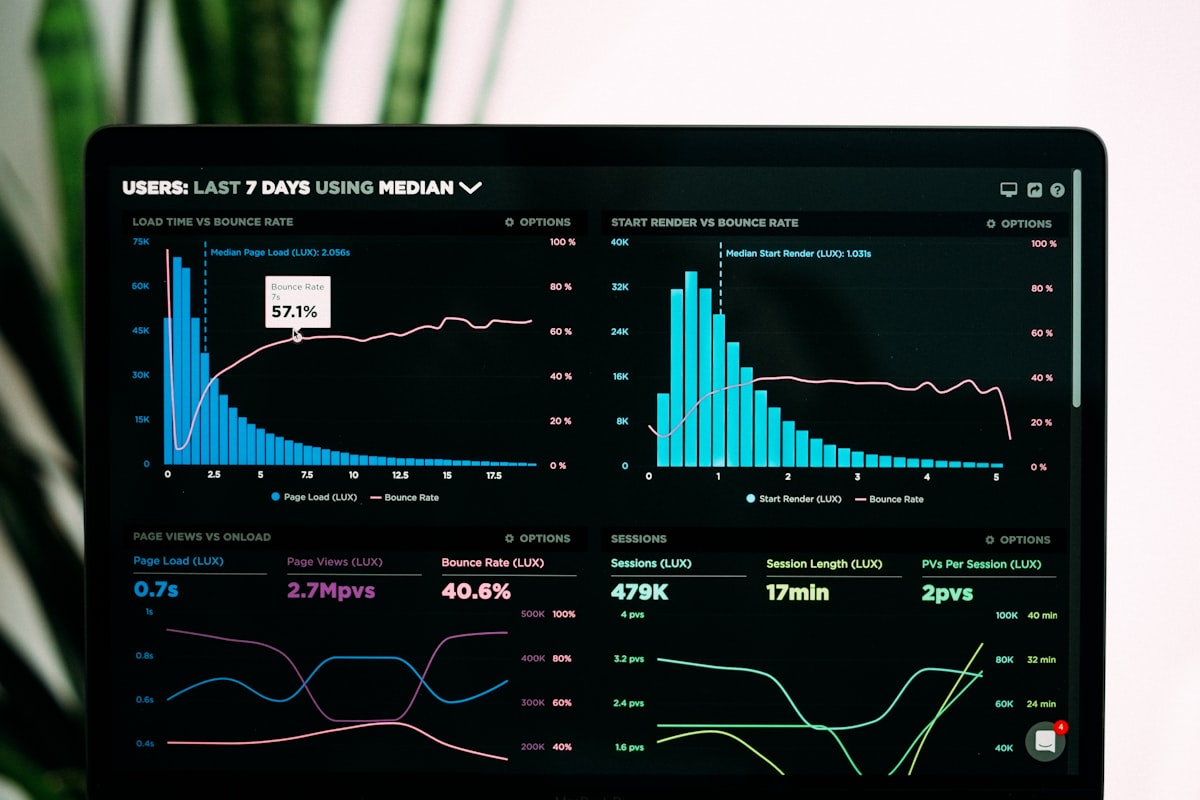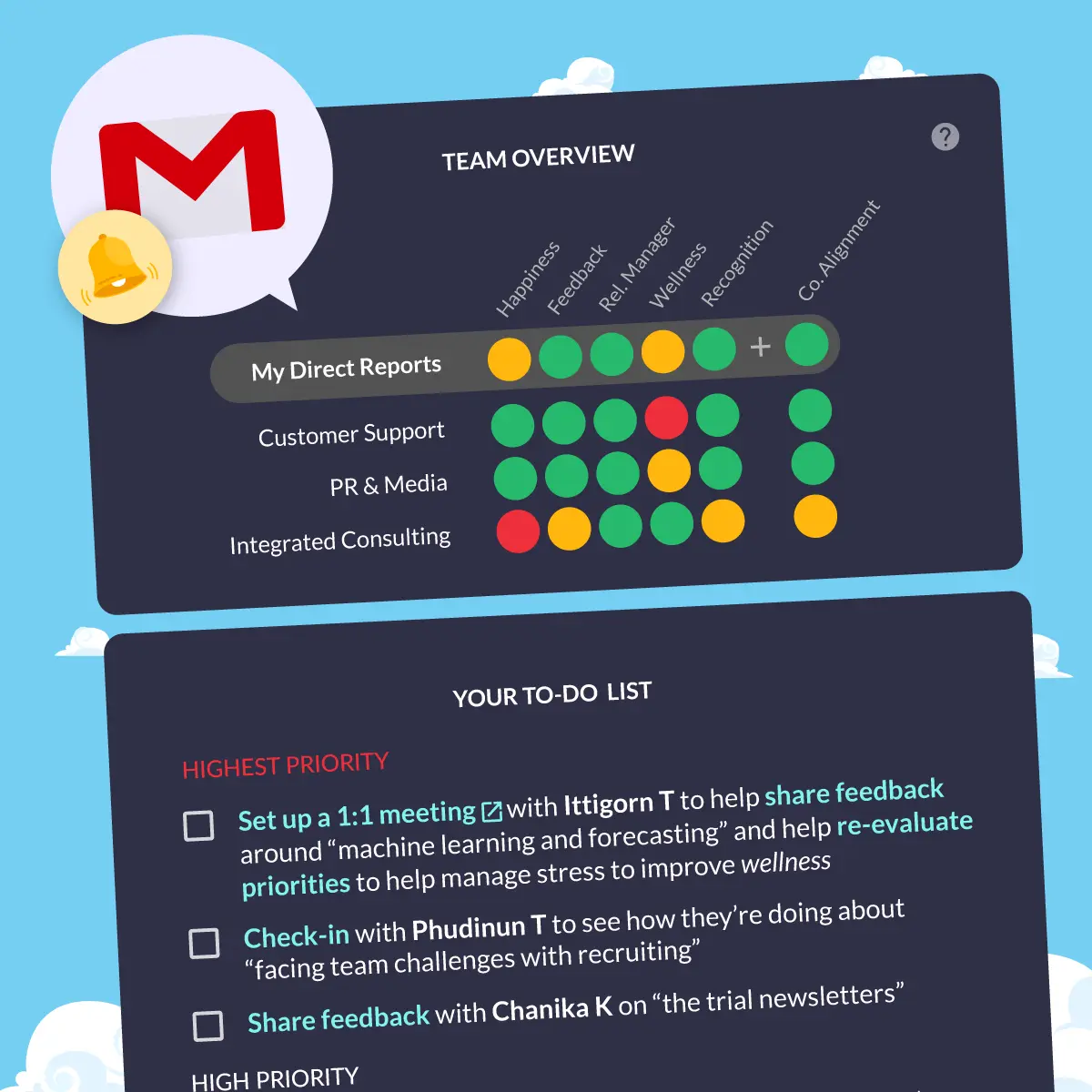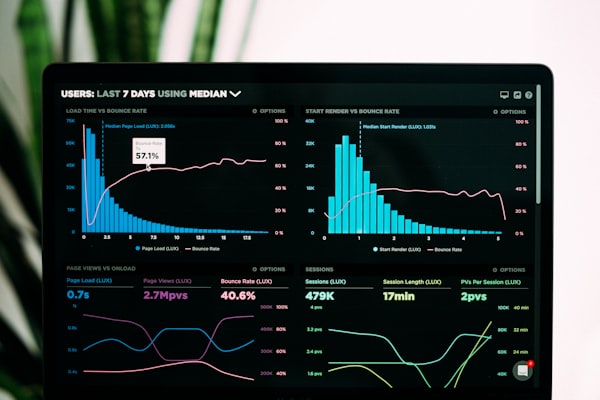In the workplace, measuring employee engagement and performance is essential for driving growth and success. However, it can be challenging to determine which indicators to use. Two common types of indicators are leading and lagging indicators. In this article, we'll explore the differences between leading and lagging indicators, and which one is most appropriate for measuring workplace engagement and performance.
What are Leading and Lagging Indicators?
Leading indicators are predictive and proactive measures that anticipate future performance or outcomes. They provide insight into what is likely to happen in the future, and help organizations take steps to improve performance before any problems occur. Examples of leading indicators include employee engagement surveys, performance feedback, and skills assessments.
Lagging indicators, on the other hand, are reactive measures that look at past performance or outcomes. They provide insight into what has already happened, and help organizations evaluate the effectiveness of past actions. Examples of lagging indicators include turnover rates, absenteeism, and revenue growth.
Why Leading Indicators are Better for Measuring Employee Engagement and Performance
Leading indicators are better suited for measuring employee engagement and performance in the workplace because they provide early warning signs of potential problems. By measuring leading indicators like employee engagement, managers can identify areas where employees may be disengaged or at risk of leaving the organization. This allows them to take action early, before the problem becomes more significant and harder to solve.
Lagging indicators, on the other hand, only provide information about past performance, and cannot be used to predict or prevent future issues. While lagging indicators like turnover rates and absenteeism can be helpful in understanding trends over time, they are less effective at driving change and improving performance in the present.
Examples of Leading Indicators in the Workplace
There are many different leading indicators that organizations can use to measure engagement and performance in the workplace. Here are a few examples:
- Employee engagement surveys: Regular surveys can help organizations measure the engagement levels of their employees and identify areas for improvement.
- Performance feedback: Providing regular feedback to employees on their performance can help to improve engagement and productivity.
- Skills assessments: Assessing employees' skills and identifying areas where they need additional training can help to improve performance and engagement.
The Role of HR and Managers in Measuring Leading Indicators
While HR may be responsible for setting up the process and measuring leading indicators like employee engagement and skills assessments, it's ultimately up to managers to drive the outcomes. Managers are responsible for interpreting the data and taking action to improve performance and engagement in their teams.
This is why it's important for managers to have regular measurements of leading indicators that they can use to adapt and improve outcomes. HR can provide managers with the necessary tools and support, but it's up to them to use the data to drive change and improve outcomes. This requires ongoing communication and collaboration between HR and managers, as well as a commitment to continuous improvement.
Ultimately, by focusing on leading indicators and empowering managers to drive outcomes, organizations can improve engagement and performance in the workplace, leading to better business results and a more engaged and motivated workforce.
Conclusion
Leading indicators are better suited for measuring engagement and performance in the workplace than lagging indicators. By focusing on leading indicators like employee engagement, performance feedback, and skills assessments, organizations can identify potential problems early and take action to improve performance before it's too late. So if you want to drive growth and success in your organization, start measuring leading indicators today.










